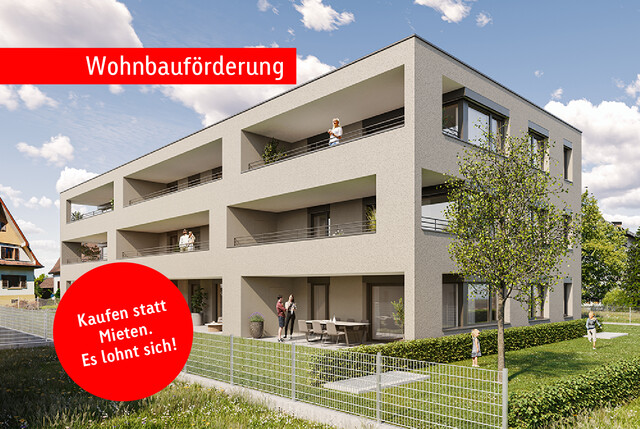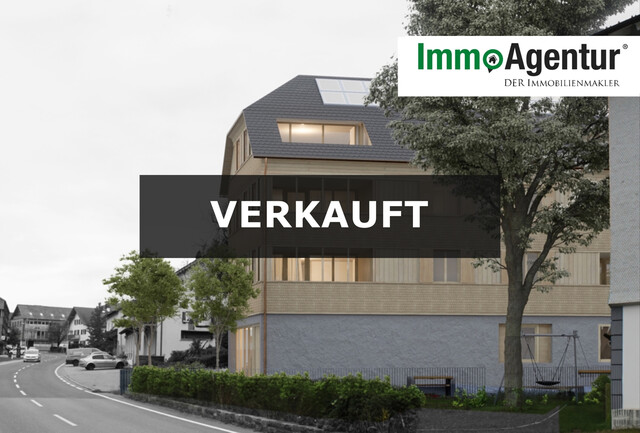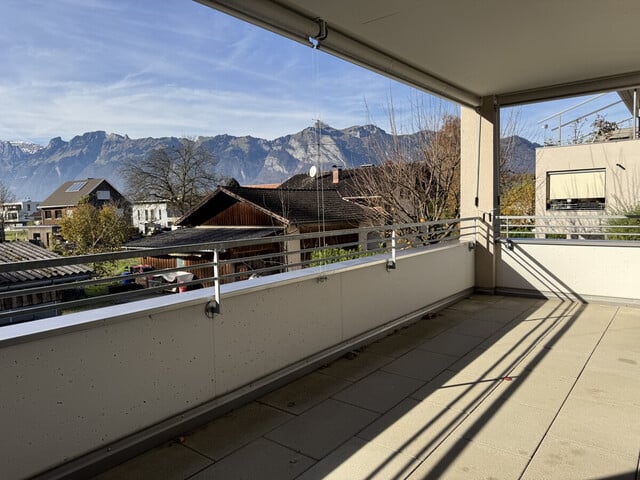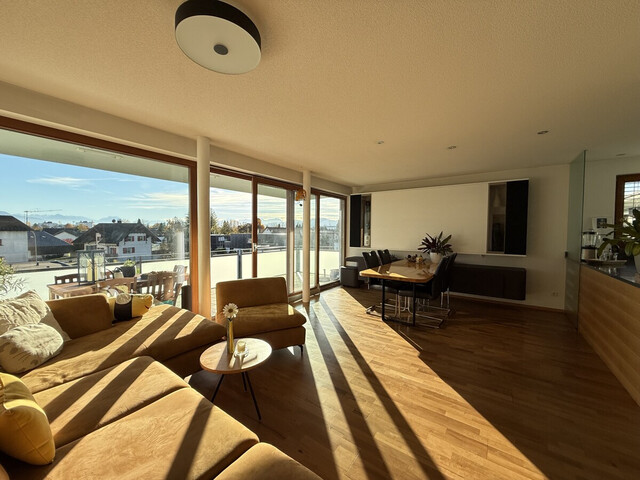Despite Rising Costs: Viennese Do Not Skimp on Visits to the Christmas Market

The people of Vienna plan about four million visits to the capital's Christmas markets. 71 percent want to visit at least once, with many going once or twice and a quarter even weekly or more often. There are over 900 huts and stalls, 180 of which offer food and drinks. The average spending per visit is around 30 euros.
Atmosphere, Friends, and Punch Invite to Visit the Christmas Market
In addition to the people from the city, who make up about 46 percent of the visitors, 30 percent come from other federal states and 24 percent from abroad. According to the survey, the main motives of the guests are the special atmosphere (56 percent), meeting friends (45 percent), and enjoying punch and mulled wine (43 percent). Viewing the products (34 percent), culinary enjoyment (29 percent), and buying Christmas gifts (16 percent) are also among the reasons.
Culinary classics are favored: chestnuts (41 percent), langos (35 percent), and roasted almonds (33 percent) top the ranking of the most popular foods, followed by potato pancakes and baked potatoes. The list of popular drinks is hardly surprising: punch (45 percent) and mulled wine (36 percent) clearly lead. Hot chocolate and non-alcoholic punch follow behind.
Christkindlmarkt at Vienna City Hall Leads the Ranking
Among the most popular Christmas markets, the Christkindlmarkt at Rathausplatz is at the top, followed by Schönbrunn Palace, Spittelberg, the Christmas Village at the Old AKH, and the "Art Advent" at Karlsplatz. According to the Chamber of Commerce, the markets at Belvedere Palace, Türkenschanzpark, and the Hirschstetten Flower Gardens are also highly appreciated.
"Christmas markets are a win for all of Vienna. They are a social meeting point, a place of tradition, and as an economic driver, they create value for numerous industries in the city," emphasized Margarete Gumprecht, the chairwoman of the trade division in the Vienna Chamber of Commerce. Despite the economically difficult situation, she also expects a positive Christmas market season this year: "Christmas markets are a visitor magnet - the interest and enthusiasm remain unbroken."
Salzburg Christmas Markets Also Expect Stable Sales
At the Salzburg Christkindlmarkt, those responsible are expecting a stable sales level this year, with no declines anticipated. "We are positive that we will once again be an attractive destination for visitors this year," says Wolfgang Haider, the chairman of the association behind the Christmas market. He does not provide specific numbers: "The sales are made by the individual stall operators, we have no insight into that." The association acts as an organizer, allocating the costs proportionally to the exhibitors.
Last year, around 1.5 million guests were recorded, about 70 percent of whom came from the city and state of Salzburg. During peak times, 5,000 to 6,000 people are present at the Christkindlmarkt simultaneously. The prices for drinks and food will remain stable this year, Haider emphasizes, speaking of a "marginal adjustment in the area of inflation." The mug deposit remains unchanged at four euros. A mulled wine or punch will cost between 3.50 to 7.50 euros this winter, depending on the drink and its exact content. The Christkindlmarkt officially opens at Residenz- and Domplatz on November 20 and lasts until January 1.
Hoping for an Increase in Purchases at the Christmas Market in Lower Austria
The Christmas business has long been considered a classic revenue generator. Despite the continued subdued consumer sentiment, there is also hope for increased purchases in Lower Austria. "Around 400 million euros will be spent on Christmas gifts in Lower Austria this year," said Governor Johanna Mikl-Leitner (ÖVP) and WKNÖ President Wolfgang Ecker on Tuesday during a joint press conference. Vouchers and clothing (each 33 percent) are among the most popular gifts again this year, followed by toys (29 percent), cosmetics (28 percent), jewelry (23 percent), books (22 percent), and delicacies (18 percent). While a large portion shops online, there was once again an appeal for regional shopping.
(APA/Red)
This article has been automatically translated, read the original article here.
Du hast einen Hinweis für uns? Oder einen Insider-Tipp, was bei dir in der Gegend gerade passiert? Dann melde dich bei uns, damit wir darüber berichten können.
Wir gehen allen Hinweisen nach, die wir erhalten. Und damit wir schon einen Vorgeschmack und einen guten Überblick bekommen, freuen wir uns über Fotos, Videos oder Texte. Einfach das Formular unten ausfüllen und schon landet dein Tipp bei uns in der Redaktion.
Alternativ kannst du uns direkt über WhatsApp kontaktieren: Zum WhatsApp Chat
Herzlichen Dank für deine Zusendung.








